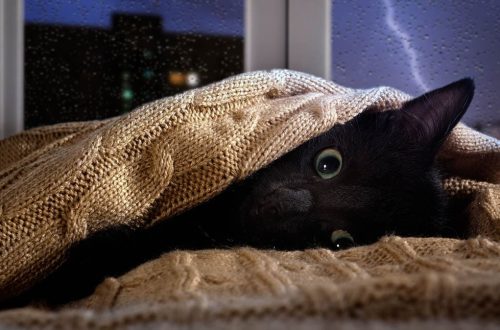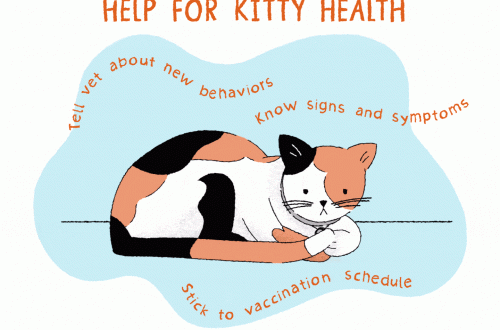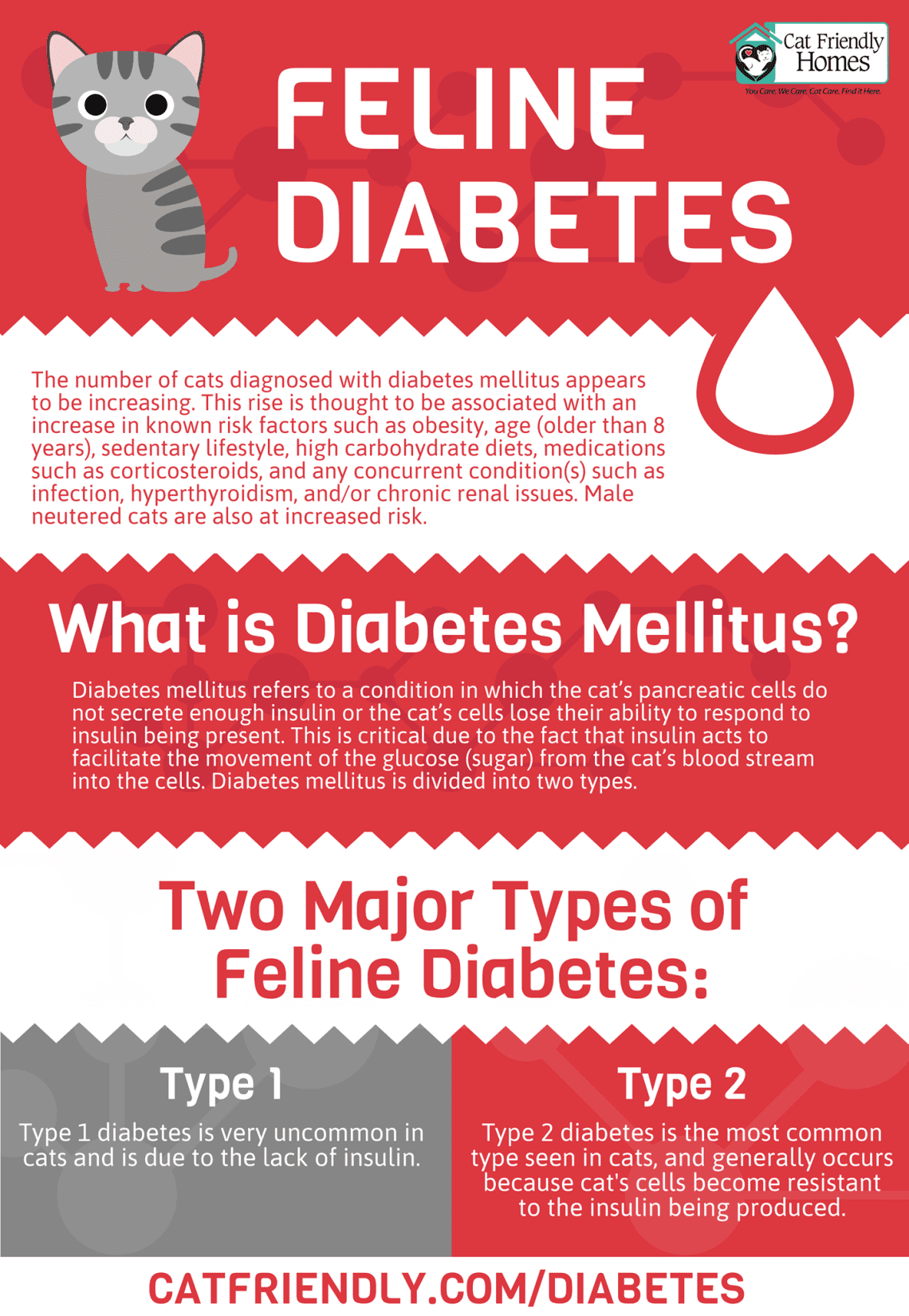
Diabetes mellitus in cats: how to identify and how to treat
As obesity in pets is a growing problem today, it’s no surprise that the incidence of diabetes in pets is also on the rise. Between 2006 and 2015, the prevalence of diabetes in cats increased by more than 18%, according to the annual Pet Health Report published by Banfield Pet Hospital.
Obesity is a major, but by no means the only, risk factor for developing diabetes in cats. Even if the animal is not overweight, it is important to be able to recognize the clinical signs of the disease in order to begin treatment as soon as possible. What should I do if my cat has diabetes?
Contents
Do cats get diabetes?
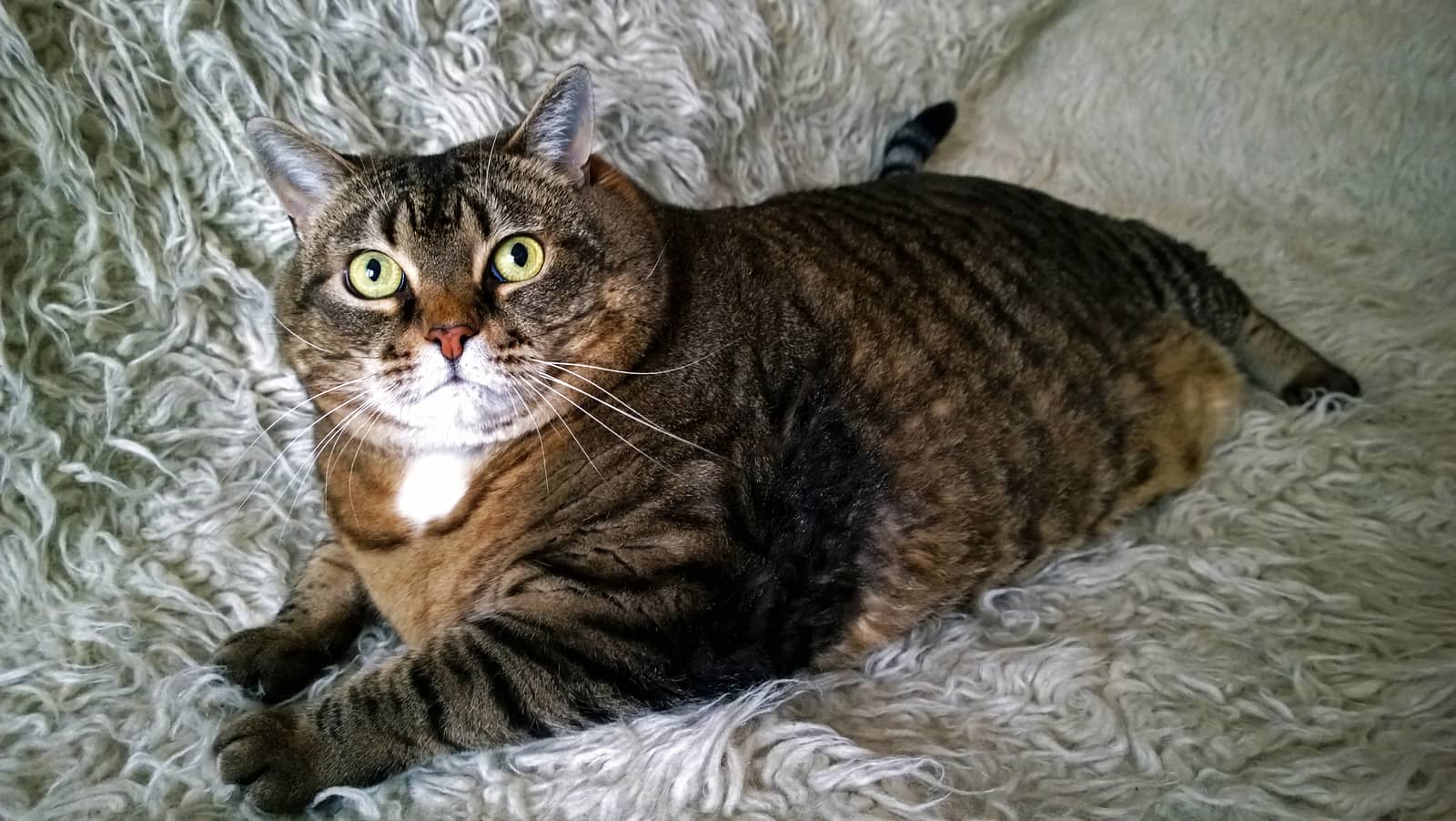 Just like humans, pets can develop diabetes. This is a disease in which the body loses the ability to produce insulin or use it properly.
Just like humans, pets can develop diabetes. This is a disease in which the body loses the ability to produce insulin or use it properly.
Insulin is a hormone produced by the pancreas that controls the transport of sugar (glucose) through the blood to cells to provide energy to the body. As a result of insufficient insulin production, glucose cannot enter the cells of the body properly, so they begin to break down fat and protein for energy, and unused glucose accumulates in the bloodstream in excess.
Like humans, there are two types of diabetes in cats: insulin-dependent and non-insulin-dependent. The first is called type I, and in it the body completely loses the ability to produce insulin. In type 2, either the body does not produce enough insulin, or organs and tissues become insulin resistant, requiring more insulin to process glucose properly. However, cases of type 1 diabetes in cats are rare.
Causes of Diabetes in Cats
While the exact cause of diabetes in pets is unknown, obese cats are at highest risk. Other risks of developing the disease include chronic pancreatitis and hormonal disorders such as hyperthyroidism and Cushing’s disease. In addition, the development of diabetes is associated with the intake of certain drugs, including corticosteroids, such as prednisolone. It is believed that cats are more prone to diabetes than cats.
Effects of Diabetes on Cat Health
Because diabetes forces cells to take energy from fat and protein instead of glucose, diabetic cats tend to lose weight despite a healthy appetite.
If left untreated, diabetes can lead to a number of health complications. The most dangerous of these is ketoacidosis. It develops when the breakdown of fat and protein cells increases so much that the cat’s body is depleted, even if she eats regularly. Signs of this condition include loss of appetite, weakness or lethargy, abnormal breathing, dehydration, vomiting, and diarrhea, and without immediate intensive treatment with fluids and insulin, ketoacidosis can be fatal.
Other health complications associated with diabetes include liver disease, bacterial infection, poor skin and coat condition, and neuropathy, which can lead to loss of strength and mobility in the hind limbs.
Another complication that can occur during diabetes treatment is hypoglycemia, or low blood sugar. It occurs when too much insulin is given and leads to weakness, lethargy and incoordination, and in some cases, seizures and even coma. If a diabetic cat is showing signs of low blood sugar, you need to get her to eat something. If she doesn’t want to or can’t eat, Cornell recommends rubbing syrup on her gums and calling the veterinarian immediately.
Signs and symptoms
Cats with diabetes typically show a combination of the following four classic symptoms:
- Increased appetite.
- Losing weight.
- Excessive thirst.
- Frequent urination.
Excessive thirst and frequent urination are the first signs that are usually evident. In many cases, the frequent urge to urinate causes diabetic cats to defecate outside the litter box. For this reason, owners who notice that their cat has suddenly forgotten how to go to the tray are strongly advised to contact a veterinarian.
Is there a cure for diabetes in cats?
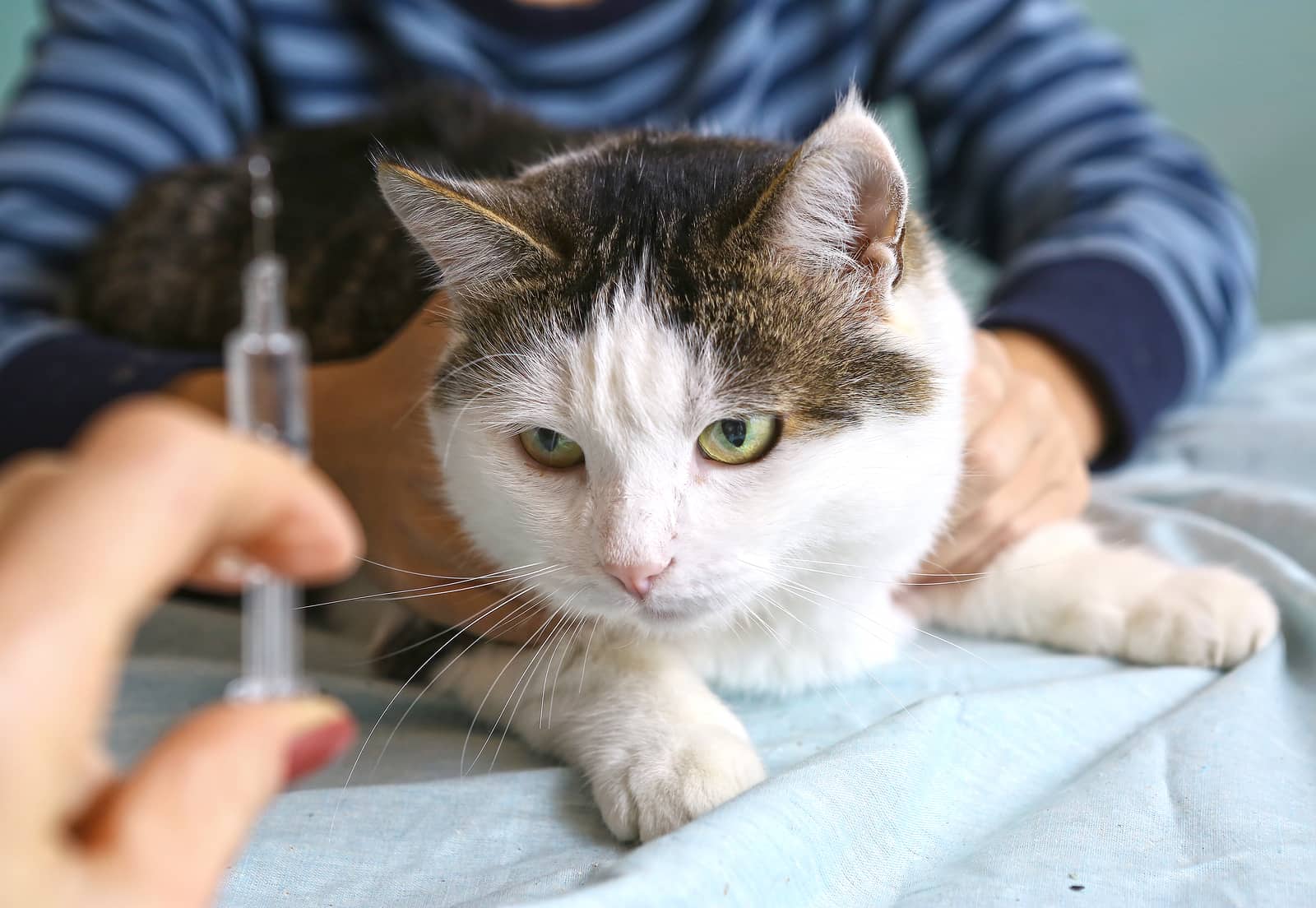 There is no cure for diabetes in cats. Treatment is usually aimed at controlling the course of the disease and usually includes insulin injections. Most diabetic cats require daily insulin injections for treatment, which a veterinarian can teach to do at home. It is essential to take your pet regularly for check-ups to monitor blood sugar levels and response to treatment.
There is no cure for diabetes in cats. Treatment is usually aimed at controlling the course of the disease and usually includes insulin injections. Most diabetic cats require daily insulin injections for treatment, which a veterinarian can teach to do at home. It is essential to take your pet regularly for check-ups to monitor blood sugar levels and response to treatment.
If the cat is obese, it is also necessary to make changes in her diet. Usually, one of the following diets is prescribed to control weight and blood sugar levels:
- a diet high in fiber and complex carbohydrates;
- low-carb diet;
- high protein diet.
Your veterinarian may recommend a medicated cat food for diabetics. To determine which one is best for a pet, you will probably have to experience it.
Regardless of the treatment prescribed, the cat should be carefully monitored for its condition, appetite and frequency of drinking and urination, as well as for any signs of complications. You can monitor your cat’s blood sugar with a homemade glucose test kit instead of taking her to the vet every time. This should be discussed with a specialist – home measurement of sugar levels may not be suitable in all cases.
Although diabetes in cats is a lifelong chronic disease, this in no way means that she will not be able to lead a full life. With proper care and treatment, pets with diabetes can live happily ever after. It is important to consult a veterinarian at the first signs of the disease in order to determine the best course of action. The sooner diabetes is diagnosed and brought under control, the better will be the prognosis for the course of the disease in a precious cat.



